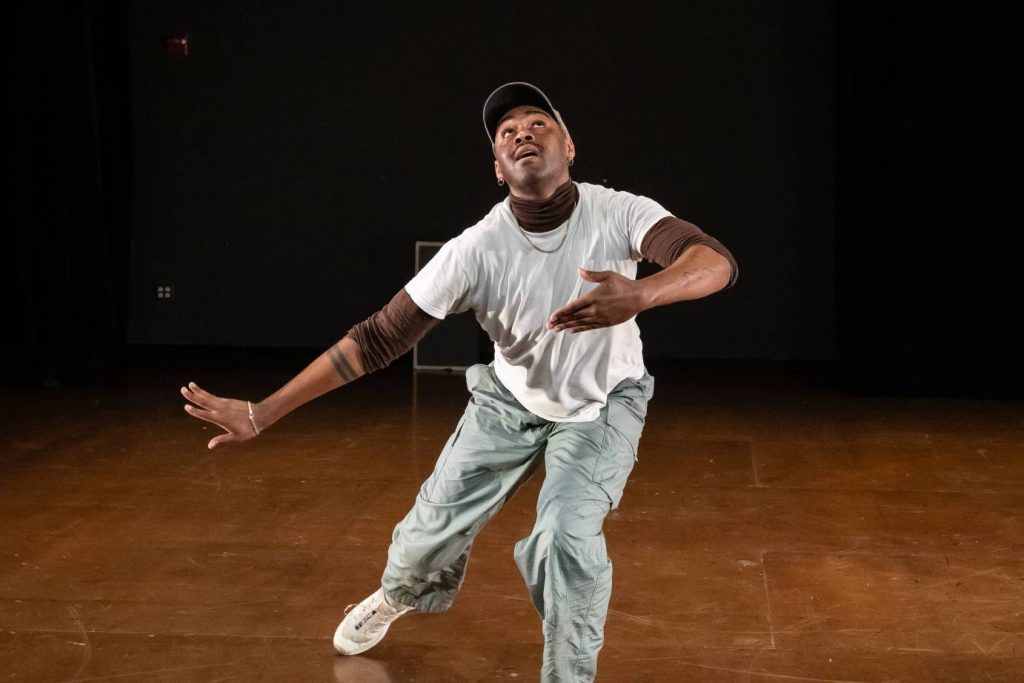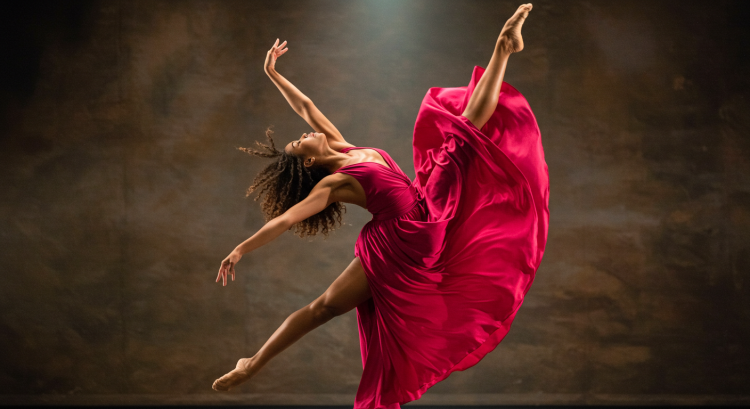Rethinking Anxiety as Movement Energy
Anxiety is often described as a racing mind, tight chest, or jittery limbs. These symptoms reflect an excess of energy with no safe outlet. Instead of suppressing or numbing this energy, what if we gave it a rhythm, a direction, a dance? Freestyle movement, primal shaking, and expressive journaling offer alternative emotional tools that use the body as a healing channel—not a battlefield.
What Is Freestyle Movement Therapy?
Freestyle movement therapy is an emerging practice rooted in the belief that intentional, uninhibited motion can bypass mental barriers and release emotional blocks. Unlike structured dance forms, freestyle invites spontaneity and raw self-expression. It is used in practices such as:
- Ecstatic Dance: A music-led, judgment-free environment where participants move freely to shift emotional states.
- 5Rhythms®: A movement meditation practice flowing through stages—Flowing, Staccato, Chaos, Lyrical, Stillness—each unlocking specific emotional content.
- Authentic Movement: A somatic discipline where one person moves with eyes closed, guided by inner impulse, while another witnesses.
These forms are not about performance. They’re about process, helping individuals drop into the body and feel what the mind avoids.
Anxiety and the Body-Brain Feedback Loop
The autonomic nervous system—especially the sympathetic branch—plays a key role in anxiety. Movement, particularly rhythmic and spontaneous movement, helps discharge stress hormones like cortisol and norepinephrine while activating the parasympathetic “rest and digest” system. Studies show dance improves heart rate variability, increases GABA levels (a calming neurotransmitter), and supports emotional resilience.
When anxiety builds, the body wants to do something. By dancing, stomping, or even trembling consciously, you’re giving your body what it’s asking for: release, regulation, and rhythm.
From Movement to Meaning: The Role of Expressive Journaling
After a movement session, emotional content often rises to the surface. Expressive journaling anchors this release by transforming sensation into story. Unlike structured diaries or CBT-based thought tracking, this form of journaling is free-flowing. It’s about capturing the “emotional weather” that emerges post-dance:
- What sensations did I feel during movement?
- What memories or images came up?
- Where did I feel tightness or expansion?
- What words, metaphors, or colors describe my internal experience?
When done consistently, journaling becomes a mirror—reflecting patterns, breakthroughs, and inner dialogues we didn’t know we were holding.
Dancing Through the Fight-or-Flight Response
Anxiety often activates the body’s fight-or-flight system. But unlike animals, humans don’t typically get to run, shake, or flee. We sit with clenched jaws and restless legs in office chairs and classrooms. This unspent adrenaline becomes chronic tension.
Freestyle movement offers an intentional discharge. Shaking rituals, drawn from trauma healing practices and animal behavior research, simulate the body’s natural release response. After a few minutes of deliberate shaking, people often report:
- Mental clarity
- Tingling sensations
- Spontaneous tears or laughter
- A sense of being “in their body” again
These are signs of the nervous system re-regulating itself through movement.
The Science of Dance and Mood Regulation
Dance has been studied extensively for its psychological benefits. Key findings include:
- Endorphin release: Dancing increases feel-good chemicals, particularly when synchronized with others.
- Increased neuroplasticity: Creative movement promotes brain rewiring, which can help reframe anxious thought loops.
- Improved body image: Dance reconnects us to our physical form, reducing self-criticism and dissociation.
- Lowered cortisol: Regular movement practice reduces baseline stress levels over time.
Even 20 minutes of freeform dance has shown to improve mood more than structured cardio due to its emotional dimension.

Creating a Safe Space for Movement and Journaling
To turn freestyle dance and journaling into a practice, intentional space and timing matter. Tips include:
- Choose your music wisely: Let your playlist reflect your emotional arc—start with grounding beats, move into intensity, then soften into ambient or soulful tones.
- Use low lighting or close your eyes: This helps reduce self-consciousness.
- Set an emotional intention: Ask your body, “What needs to move through me today?”
- Journal immediately after: Even one paragraph of stream-of-consciousness writing is enough to capture emotional shifts.
This isn’t just exercise—it’s ritual. Over time, your body will associate movement with emotional freedom.
Freestyle Movement and Trauma-Informed Practice
Anxiety can stem from unresolved trauma. For those with trauma histories, freestyle dance must be approached gently. Trauma-informed movement means:
- Moving within your window of tolerance—avoiding emotional overwhelm.
- Giving yourself permission to pause, breathe, or stop.
- Avoiding mirrors or performance environments unless they feel supportive.
- Sometimes working with a trauma-aware therapist or somatic coach.
When done mindfully, movement becomes a powerful way to restore agency over the body.
Combining Breathwork and Sound
Freestyle movement becomes even more powerful when layered with breath and vocal sound. Techniques include:
- Breath-of-fire before movement to energize the system
- Sighing or toning during dance to amplify release
- Humming while journaling to soothe the vagus nerve
This trio—movement, sound, and expression—creates a multidimensional form of emotional processing.
Digital Tools for Freestyle Mood Regulation
Technology can support your movement journey through:
- Apps like Insight Timer or Ecstatic Dance Radio for guided tracks
- Virtual dance communities like Open Floor or Dance First
- AI-generated mood playlists that match movement tempo to emotion
- Journaling apps with voice notes or mood tagging to track patterns
In the age of digital stress, repurposing tech for embodied presence is a radical act.
The Future of Movement as Medicine
From ancient tribal dances to modern dance therapy, humans have always used movement to regulate mood and emotion. Today’s wellness frontier reclaims that lineage by merging intuitive movement with neuroscience and somatic psychology.
In a world of stillness-induced anxiety—where screens hijack our attention and chronic stress numbs sensation—movement is a return to self. You don’t need choreography. You don’t need grace. You need only to begin where you are, let the music speak to your nervous system, and let your limbs tell the truth.
Conclusion: Your Body Already Knows the Way
Anxiety is not just a mental loop—it’s an emotional signal waiting for a somatic outlet. Freestyle dance paired with expressive journaling gives that outlet form, beauty, and rhythm. Through spontaneous motion and raw reflection, you invite your inner world to breathe, move, and be seen.











































